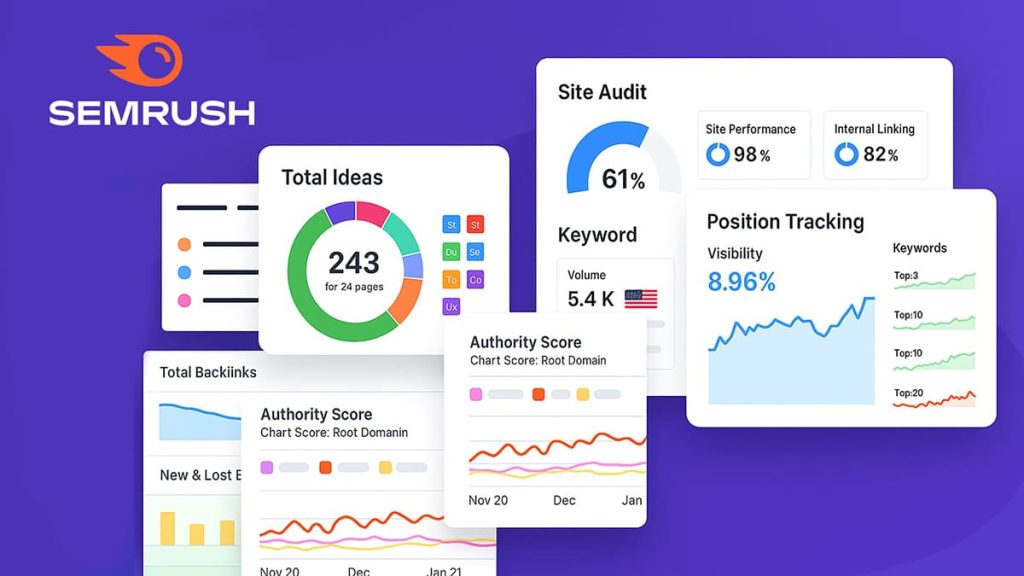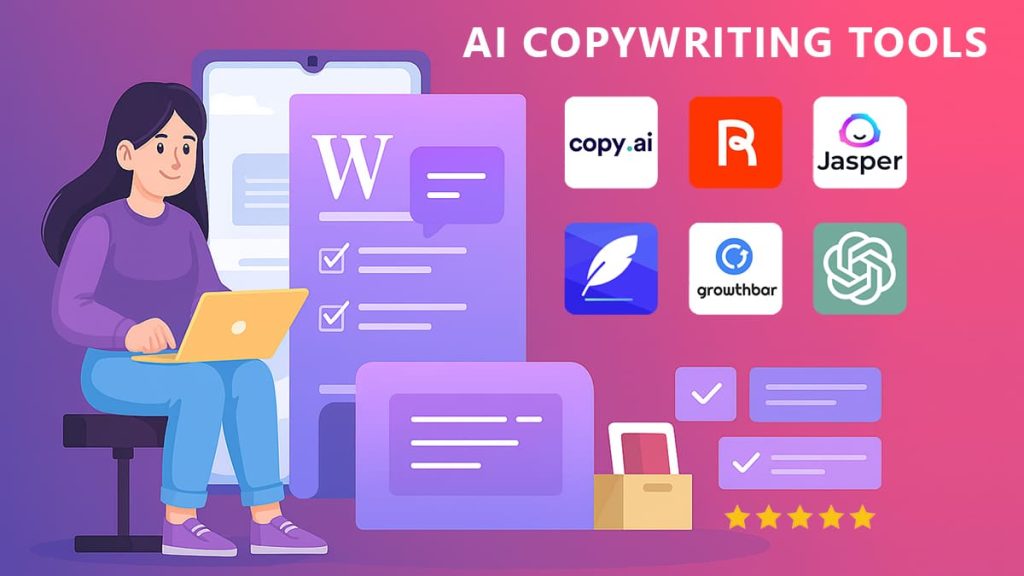I used to think writing prompts was the easy part, just tell the AI what you want, right? But after a few too many generic outputs and head-scratching results, I realized: the quality of what you get is directly tied to the structure of what you ask. Not kind of. Not sometimes. Always.
It’s funny how we blame the tools when really, we’re handing them the equivalent of a blurry photo and asking for a masterpiece. Once I started learning about prompt frameworks, AIDA, PAS, FAB, and all those acronyms that used to sound like marketing speak, everything changed. My content didn’t just sound better. It converted better. It connected.
This article is a breakdown of how I moved from basic to strategic prompts, and how you can do the same. Whether you’re building a landing page or repurposing content for LinkedIn, these structures make AI feel more like a partner than a guessing machine.
Why prompts matter in AI copywriting
Ever sat in front of an AI tool and typed something like “write a sales email”, only to get a result that felt… flat? I’ve been there. More than once. And every time, I came to the same realization: the AI didn’t fail me, my prompt did.
Here’s the thing most beginners overlook: large language models like ChatGPT or Claude don’t guess what you want. They respond to the structure, clarity, and specificity you give them. The more context, the sharper the output. If you just feed them a vague request, they’ll give you the most statistically average thing they can think of. And guess what? That’s rarely useful.
The real shift came for me when I stopped thinking in terms of “topics” and started thinking in terms of frameworks. Whether I was writing a LinkedIn post or a product description, I’d prep my prompt using this simple formula:
audience + format + goal + emotion/framework.
Suddenly, the content sounded less like a robot and more like… me.
Here’s a quick breakdown of how just one added layer of context can change everything:
| Prompt | Result | Analysis |
| “Write a sales email” | Generic | Too vague, lacks goal, tone, or audience context |
| “Write a PAS email for solopreneurs promoting an AI planner” | Targeted, persuasive | Uses a proven framework and emotional anchor |
As a content trainer at CopySchool once said:
“Good prompts don’t just guide the AI, they shape the strategy.”
If you’re curious how prompts fit into larger writing systems, I dive deeper into that in this breakdown of AI workflows and frameworks, it’s a useful read if you’re building a repeatable process.
Top copywriting frameworks to use with AI
When I first started experimenting with AI for marketing copy, I thought a good prompt was all about being specific. But then I hit a wall, not because the prompts were bad, but because they were floating in a vacuum. What changed everything? Frameworks.
Frameworks give shape to your prompts. They act like invisible scaffolding: guiding tone, sequence, and persuasion mechanics without you having to spell everything out. If you’ve ever wondered why some AI-generated emails fall flat and others feel polished, it often comes down to this layer most people skip.
Here are four frameworks I now rely on, and how I use them:
- AIDA (Attention-Interest-Desire-Action): perfect for bold openings on ads and landing pages.
- PAS (Problem-Agitate-Solution): go-to for email sequences or intros that tap into real frustration.
- FAB (Features-Advantages-Benefits): works wonders for SaaS tools or ecommerce product pages.
- StoryBrand: for building copy around the customer’s journey, not just the brand’s offer.
Let me show you how this looks when you integrate a framework into your prompt:
| Write a PAS email for solopreneurs promoting an AI planner |
This short sentence carries structure, tone, and targeting in one go. You don’t have to overthink every word when the framework does part of the heavy lifting.
And here’s a tip worth gold if you’re running paid ads:
AI copywriting tools like Anyword make it easy to structure AIDA or PAS prompts with predictive scoring, useful when running paid campaigns. It’s like getting a second opinion before you hit publish.
Prompt personalization by use case
Every platform has its own tempo. What works on a landing page might fall flat in a blog post. And when you’re using AI to generate content, that nuance matters more than ever.
I learned this the hard way. At one point, I was using the exact same PAS framework prompt across emails, LinkedIn posts, and product descriptions. The result? A lot of rewriting.
Eventually, I started matching framework + tone to each use case, and things clicked. Here’s what I now use as a quick-start map:
| Write a FAB blog post about our SEO tool, using an expert and helpful tone |
| Write a PAS sales page copy focused on business owners frustrated with time tracking tools. Keep the tone direct and urgent |
| Write an AIDA LinkedIn post promoting a new productivity app, with a dynamic, confident tone |
Each prompt is tuned not just to what I’m writing, but where it’s going and who it’s for.
One extra tip if you’re in ecommerce:
Platforms like Copysmith excel at turning FAB prompts into polished product blurbs quickly. I’ve used it to create dozens of product variations that actually sound different, and human.
The more you adapt your prompt to the format and channel, the less time you’ll spend tweaking AI output, and the more time you’ll spend publishing content that just works.
Testing & iterating prompts
If there’s one habit that’s changed the way I write with AI, it’s testing. Not just once, but constantly.
At first, I’d send a prompt into the void and just accept whatever came back. Sometimes it worked. Often, it didn’t. Then I tried something ridiculously simple: running the same brief through three different versions of the same framework, just switching the tone or the CTA. That’s when the magic happened.
I still remember an AIDA email I was writing for a webinar promo. I tested one version that was ultra-direct, another that leaned playful, and a third with a subtle emotional hook.
The emotional one doubled my click-through rate. Same structure. Just a tweak in tone.
| Write 3 AIDA emails promoting our AI webinar, each with a different tone: bold, warm, and thoughtful |
Quick method I use (and you can too):
1 brief → 3 prompt variations → compare outputs → pick & polish the winner.
And if you want to do this fast, no fuss:
Lightweight tools like Copylime are great for quickly iterating prompts and building swipeable templates you can reuse.
Testing isn’t a luxury. It’s how you move from okay copy to high-performing content, without guesswork.
So yes, prompts matter. But not just any prompts. The ones that carry intention, structure, and a touch of empathy? Those are the ones that unlock AI’s potential. Whether you’re tweaking tone, testing frameworks, or building your own prompt library, you’re not just speeding up content… you’re upgrading it.
And if you’ve been writing AI copy on autopilot, maybe it’s time to step back, test a few things, and rebuild from the inside out. Start small. One prompt at a time.
Curious how others are structuring their prompts? Or want to share one that worked wonders for you? Drop a comment, I’d love to hear what you’re testing.








